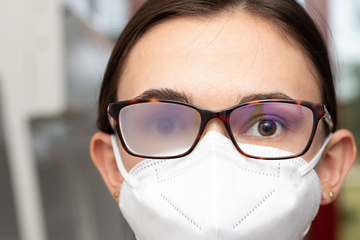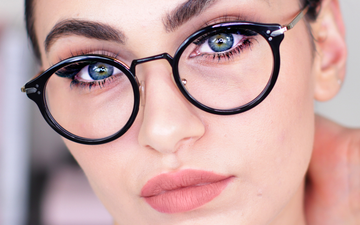When it comes to eyewear, not all glasses are created equal. While regular prescription glasses correct your vision, prescription safety glasses add an extra layer of protection, making them a must-have in hazardous environments. Whether you work in construction, healthcare, or laboratories, understanding the difference between these two types of glasses will help you make the right choice for your needs.
1. Safety Standards and Certifications
The biggest difference lies in the safety standards they meet.
Prescription Safety Glasses: These glasses must comply with strict regulations, such as ANSI Z87.1 in the U.S. or EN166 in Europe, which ensure they can withstand high impacts, debris, and chemicals. You’ll often see markings like “Z87” on the lenses or frames, confirming their compliance.
Regular Glasses: Standard glasses do not need to meet impact or safety standards. They are designed only to correct your vision and may not withstand high-impact forces.
If you're in environments with potential hazards, safety-certified glasses are essential.
2. Lens Material and Durability
The lenses of prescription safety glasses are crafted to handle more stress:
Safety Glasses: Typically made of materials like polycarbonate or Trivex, which are lightweight, shatter-resistant, and impact-resistant. These materials provide excellent durability and protection.
Regular Glasses: Lenses are often made of standard plastic or high-index materials. While they offer clarity and vision correction, they lack the impact resistance needed for hazardous environments.
Polycarbonate lenses used in safety glasses can also block 99.9% of harmful UV rays, offering additional eye protection.
3. Frame Strength and Design
The frame design also sets them apart:
Safety Glasses: Safety frames are reinforced to withstand impact. They are often thicker and more robust, with features like side shields to protect the eyes from flying particles and debris.
Regular Glasses: Fashion-focused frames prioritize aesthetics and comfort over durability. They may not offer sufficient coverage or impact resistance in risky settings.
If you work in environments with flying objects or chemical splashes, prescription safety glasses with wraparound designs or shields are crucial.
4. Purpose of Use
The intended purpose of each type of glasses also differs:
Prescription Safety Glasses: Designed for industrial, medical, or recreational environments where eye protection is necessary—think workshops, factories, sports, or labs.
Regular Glasses: Meant for daily use to improve vision for activities like reading, driving, or screen time.
While regular glasses are ideal for everyday wear, they simply cannot provide the same level of protection as safety glasses in dangerous situations.
5. Style and Comfort
Safety glasses are catching up with regular glasses when it comes to style and comfort.
Modern prescription safety glasses are now available in sleek, stylish designs that don’t compromise on protection. Brands offer lightweight frames, comfortable fits, and even fashionable options.
Regular Glasses remain the go-to for style variety, but they lack the protective features.
If you need vision correction and protection, you no longer have to sacrifice style!
Do You Really Need Prescription Safety Glasses?
If your work or hobbies involve:
Flying debris (construction, woodworking)
Chemical splashes (laboratories, cleaning)
Impact risks (manufacturing, sports)
Then yes, prescription safety glasses are non-negotiable.
Investing in proper safety eyewear not only protects your eyes but also ensures your vision remains uncompromised for years to come.
Conclusion
While regular prescription glasses are designed for vision correction, prescription safety glasses go a step further by providing impact resistance, durability, and protection in hazardous environments. With modern advancements, you can find safety glasses that combine function, comfort, and style effortlessly.




